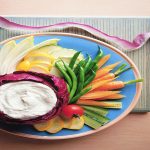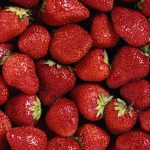
Want to get more fish in your diet with a lot more flavor? This two-step technique yields a crispy outside and flaky fish within. Cooking fish in a skillet is a fast and flavorful way to prepare this healthy, low-calorie protein. The trick to searing fish and getting a crisp top is to start with a light dusting of flour. This alternative to breading also saves a lot of calories. Then, to get the same type of crunch without deep-frying, give your filets a short blast in the oven. If you’ve shied away from cod in the past, it’s time to try it again. It’s a high-protein, low-fat fish, and a good source of B12 and niacin. Crispy Cod With Spinach 2 tablespoons gluten-free or whole-wheat flour 1/2 teaspoon salt 1/4 teaspoon black pepper 1/4 teaspoon paprika 3 tablespoons grapeseed or safflower oil 2 6-ounce cod filets Cooking spray 2 garlic cloves, minced 1 pound baby spinach 1 tablespoon butter Preheat oven to 400 degrees. Place flour on a plate and mix with salt, black pepper and paprika. Dip filets into flour mixture and transfer to another plate. Add the oil to an oven-safe skillet and warm over medium-high heat for about 1 minute. Add the filets and cook, without turning, for 4 to 5 minutes until crispy. Flip the filets in the pan and… read on >




























-300x200.jpg)







-300x169.jpg)
